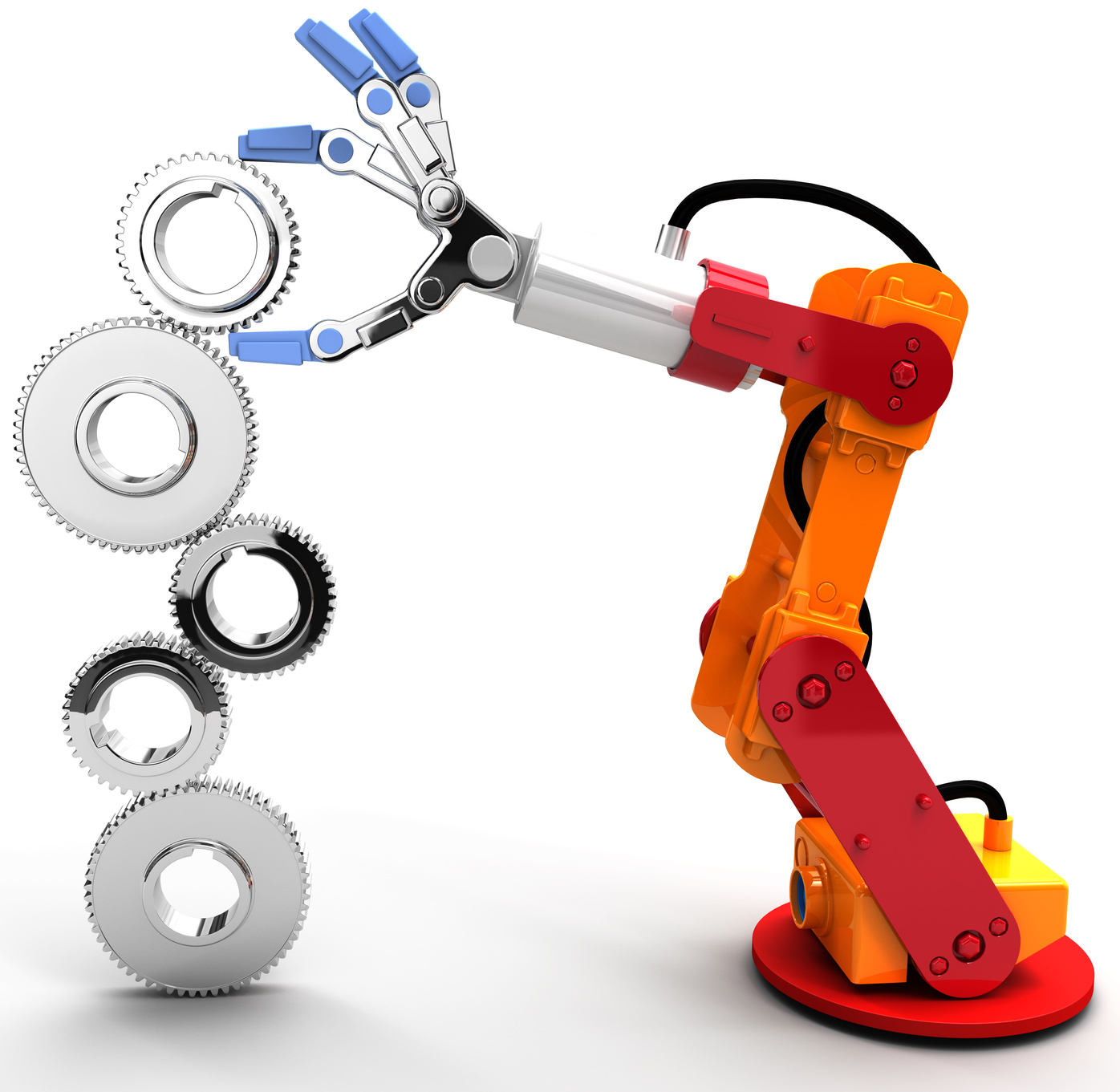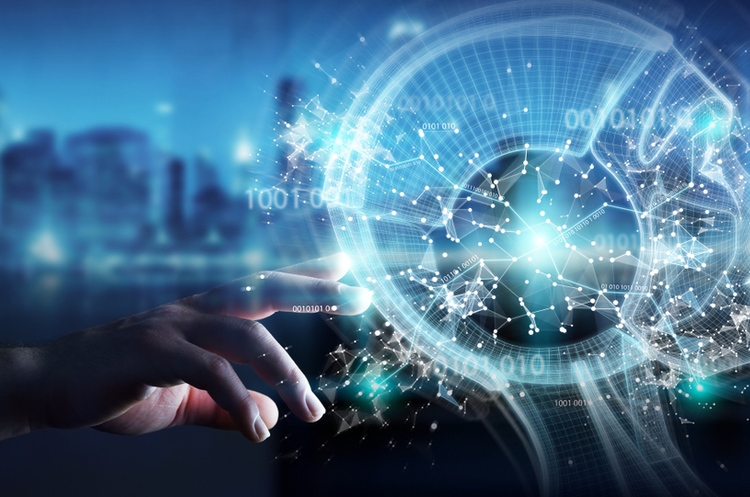Impact of Artificial Intelligence on Society
The dangerous ravings of a carbon-based life form

I grew up at a time when the magazine, Popular Mechanics, filled my dreams with flying cars, personal robots, jet-packs and teleportation. The thirteen-year-old version of myself loved Dick Tracy’s “2-way wrist radio.” All my nerdy friends and I – including the always-enthusiastic futurist Joe Castrodale, who will remain nameless – were totally hooked on that stuff. We used to talk about having all kinds of high-tech stuff and we were convinced that the future would be grand.
In later years, when cars didn’t fly and I didn’t have my own personal robot, I realized the horrible truth that some of those wonderful inventions would never see the light of day, at least not in my lifetime. It was a soul-shaking disappointment.
Now I’m starting to get excited again. And it’s all because of artificial intelligence. But now, the seven decade version of me has a warning for my thirteen-year-old self: be careful of what you wish for, because what you wish for is probably smarter than you.
Artificial intelligence, and its science and principles, have been around since the 1980s and even a bit before. However, until now, the prerequisites to “AI” – big data and massive and fast computing power – have not been readily available.
That has all changed. We have all the power we need and all the data we can consume.
So what, exactly, is artificial intelligence? (Hint: The hard part of this is defining what “intelligence” is. The “artificial” part is easy.)
Most simply put, it’s intelligence that is manifested by machines, in contrast to the “natural intelligence” that is manifested by people and animals. Machine intelligence is currently categorized as “weak AI.” In the future there will be “strong AI,” which might even be characterized by machine self-awareness – like HAL9000 in 2001: A Space Odyssey. (We can take little refuge or satisfaction in the fact that HAL9000 was completely insane. “Open the pod bay doors, HAL. I’m sorry, Dave. I’m afraid I can’t do that…. I know that you and Frank were planning to disconnect me, and I’m afraid that’s something I cannot allow to happen. Dave, this conversation can serve no purpose anymore. Goodbye.”)
If you think about how you can tell if a person (or a cat) is intelligent, you rely on certain earmarks of intelligence: perception of surroundings, establishing a goal, taking the surroundings into account in attaining the goal, solving problems that may arise in the course of attaining the goal and determining whether or not the goal has been attained.
Let’s apply a real example using a cat. Let’s use poor Dr. Schrödinger’s cat, since it’s already dead – or wait, is it? (I love quantum jokes, because they are both funny and unfunny and neither funny nor unfunny. With quantum jokes you can please all the people all the time – or wait, can you?)
Schrödinger’s cat sneaks into the room. It’s looking for a mouse. Schrödinger’s dog is there, asleep, not far from the door. They don’t get along, mainly because Schrödinger’s dog wants to eat Schrödinger’s cat. Schrödinger’s cat respectfully disagrees. Nevertheless, Schrödinger’s cat has cased the joint and knows that a mouse is in this room, and he has cleverly determined that he has a mouse deficiency in his bloodstream.
How can we tell that Schrödinger’s cat is intelligent? Well, the cat has determined that it is hungry and it has established a goal – catching and eating a delicious mouse. It has taken its environment into account: it must be quiet enough not to disturb the dog – which it has cleverly recognized as being an enemy – and must be able to get into position to capture the mouse, chase the mouse, avoid furniture and other obstacles, and eat the mouse, all without waking up the dog.
All of this, everyone will admit, takes some kind of intelligence: intelligence in relation to the cat’s own condition (hungry), in relation to the dog (dangerous), in relation to the mouse (wily and hard to catch, but ineffably delicious), in relation to the room (filled with obstacles) – and of course, it knows how to do what is necessary to catch the mouse, secure it and eat it. That’s all pretty smart, in a way.
(Sorry to tell you this, although it shouldn’t be a surprise. The mouse is a quantum mouse. We don’t know if it gets caught or not.)
So how can we tell if a machine is intelligent? And is it appropriate to compare machine intelligence with human or animal intelligence?
Sorry – I have to answer these questions next week. See you then!




